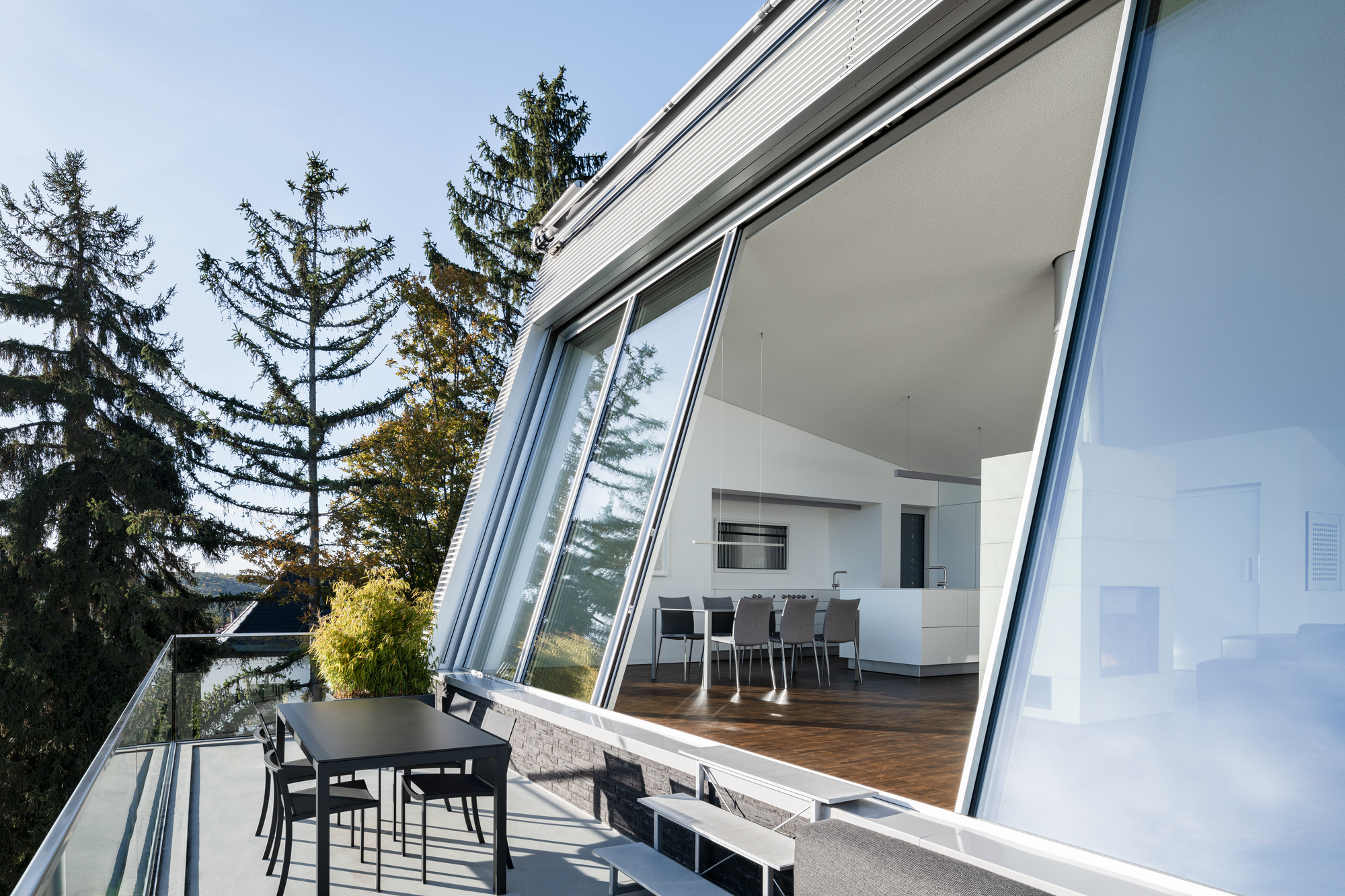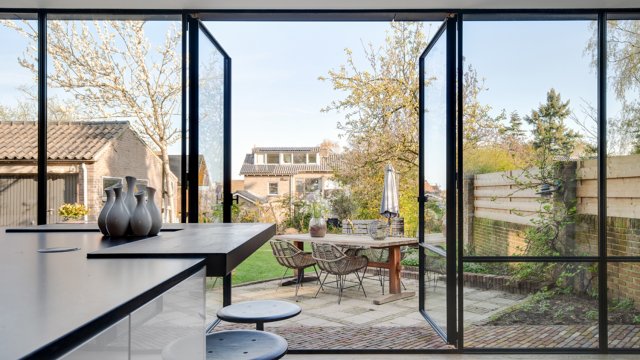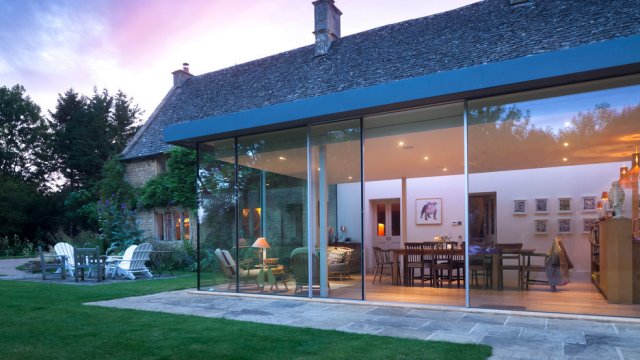
What Causes Condensation on Windows and How to Prevent It
Discover how simple measures like regularly opening your windows can help prevent condensation...
Understanding Window Condensation
Condensation on windows is a common issue that many homeowners face, particularly during colder months. But, the first thing to understand is that glass does not create condensation. The key to prevention is to learn what causes condensation in windows in the first place. There are two types of condensation: external condensation and internal condensation, and each has different causes and solutions.
External Condensation: A Sign of Efficiency
If you notice condensation on the outside of windows in the morning, don’t be alarmed. This is actually a symptom of highly efficient glazing. It occurs when the external temperature of the glass drops below the dew point, particularly in spring and autumn, when external air temperatures fluctuate, there is more moisture in the air, and heating is used inside the home.
Why Does This Happen?
- Modern, high-performance glazing has good insulating properties and prevents heat from escaping, meaning the outer glass stays cooler.
- This temperature difference causes moisture to form on the outside of the glass.
- Although frustrating, it is not a fault — it’s a sign that the glazing is performing well.
How to Reduce External Condensation
It’s really just a waiting game. Once the external air temperature increases enough, usually later in the day once the sun has risen, the condensation will usually clear naturally.
Internal Condensation: The Real Concern
Unlike external condensation, internal condensation can indicate a problem with ventilation and excess moisture inside the home. Condensation forms inside when warm, moisture-laden air comes into contact with a cold surface, such as window glass. It is especially common to find condensation on the inside of your windows in the morning and in the winter months, but it is relatively simple to resolve.
Why does this happen?
- Everyday activities such as cooking, showering and drying clothes – even breathing causes excess moisture in the air.
- Leaving windows closed while, especially when out of the house or at night time means little to no ventilation.
- Poor ventilation systems built in, particularly in modern, tightly sealed homes.
- Lack of consistent heating, which creates cold spots where moisture condenses.

How to Stop Condensation Inside Windows
1. Improve Ventilation
Homes in the UK must adhere to Part F of the Building Regulations that governs ventilation, air quality, and condensation prevention. This determines the minimum ventilation needed to replace stale air with fresh air in a room and what additional mechanical ventilation is required. You can also:
- Use extractor fans in kitchens and bathrooms or rooms with no windows.
- Open windows and doors for short bursts to “burp” the house and let out excess moisture.
- Consider installing an MVHR (Mechanical Ventilation with Heat Recovery) system that ventilates a house by removing stale air and replacing it with fresh air.
2. Maintain Consistent Heating
- Avoid drastic temperature changes that can cause condensation.
- Underfloor heating is particularly effective as it maintains a consistent temperature.
- Radiators beneath windows can help minimise temperature differences.
3. Manage Moisture Levels
- Avoid drying clothes indoors without proper ventilation.
- Ensure extractor fans are used correctly in high-moisture areas.
- Use a dehumidifier to draw moisture out of the air, particularly in bedrooms.
4. Ensure Proper Insulation
- Thermally broken window systems, like MHB Steel windows and Sky-Frame windows, help reduce cold spots and condensation. Steel-framed windows, in particular, can be problematic as the cold steel frame can exacerbate condensation. However, MHB Steel’s windows have a unique patented thermal break which reduces this risk. You can find out more about this in our blog ‘What is a thermal break in windows?’
- Upgrade to double or triple glazing for even better temperature control. Cotswold Windows offers thermally broken triple glazed solutions by MHB Steel and Sky-Frame for superior insulation.

How to Prevent Window Condensation in Winter
During colder months, condensation can become more severe as a result of there being more moisture in the building. That’s all down to lifestyle – in winter, people tend to increase the indoor heating and keep windows and doors closed to prevent heat loss. This means there is more moisture in the air and what there is cannot escape as there is little to no ventilation.
Does Opening Windows in Winter Reduce Condensation?
Even in winter, opening windows for a few minutes each day can dramatically reduce indoor humidity levels and prevent condensation buildup. While it may seem counterintuitive to let cold air in, this brief ventilation cycle helps remove excess moisture without significantly impacting indoor temperatures.
Floor-to-Ceiling Windows and Condensation
Large floor-to-ceiling windows are a striking architectural feature, but they require careful consideration when it comes to condensation. These expansive glass areas can create a phenomenon called ‘cold air drop’, where warm air circulates, cools as it reaches the glass, and then descends, sometimes creating a feeling of a draught – this is actually a natural air movement and not a draught at all. If condensation forms on these windows, it is usually due to inadequate air circulation or heating imbalances within the space. Heating solutions such as underfloor heating can help maintain consistent temperatures and reduce condensation risks.
Want to reduce condensation in your windows?
Condensation is a natural phenomenon, but with the right approach, it can be managed effectively. The key to preventing condensation is a balance of insulation, ventilation, and heating.
At Cotswold Windows, we provide high-performance glazing solutions, such as Sky-Frame windows and doors and MHB steel windows and doors. To find out more about our range of highly efficient, thermally-broken window systems, contact us.
